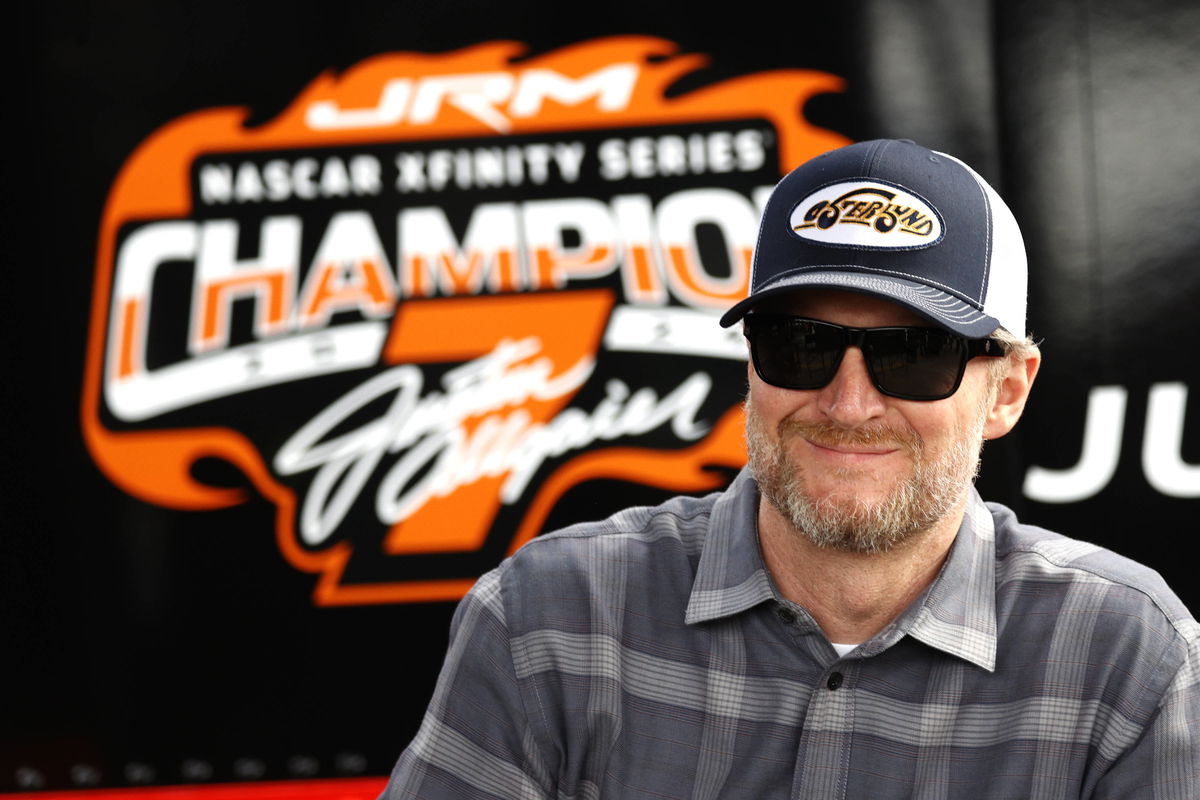
Imago
DAYTONA BEACH, FL – FEBRUARY 14: Dale Earnhardt Jr. watches the action from the garage prior to practice for the NASCAR, Motorsport, USA Xfinity Series United Rentals 300 on February 14, 2025 at Daytona International Speedway in Daytona Beach, FL. Photo by Jeff Robinson/Icon Sportswire AUTO: FEB 14 NASCAR Xfinity Series United Rentals 300 EDITORIAL USE ONLY Icon25021410552300

Imago
DAYTONA BEACH, FL – FEBRUARY 14: Dale Earnhardt Jr. watches the action from the garage prior to practice for the NASCAR, Motorsport, USA Xfinity Series United Rentals 300 on February 14, 2025 at Daytona International Speedway in Daytona Beach, FL. Photo by Jeff Robinson/Icon Sportswire AUTO: FEB 14 NASCAR Xfinity Series United Rentals 300 EDITORIAL USE ONLY Icon25021410552300
Stage cautions in NASCAR. You either love them or you don’t. They’re the scheduled yellow flags that bunch up the field, hand out valuable stage points, give teams a chance to tweak strategy mid-race, or just are a lifeline for some. On paper, it’s all about spicing up the show and keeping fans on their toes. But on the flip side, many argue they break the natural rhythm of long green-flag runs, messing with tire strategy, fuel windows, and pure racing flow.
Watch What’s Trending Now!
NASCAR even experimented with ditching stage cautions entirely on road and street courses, sparking a fiery debate among fans and drivers alike. But while some want the stages gone for good, Dale Earnhardt Jr. just made a strong case for why NASCAR might actually need them more than most realize.
ADVERTISEMENT
Dale Jr. defends stage cautions
Dale Jr. acknowledges the criticism aimed at NASCAR’s stage cautions. “There’s a lot of people who want to get rid of the stage cautions, but I don’t think a large majority of people mind them giving points.” Critics often argue that stage cautions increase race length unnecessarily, adding downtime with planned cautions and pit stops, which can drag out races beyond what some fans prefer. Others point out that knowing a caution is coming reduces the incentive for long-term tire and fuel conservation, simplifying race strategy and making it less dynamic.
Yet, Dale Jr. focuses less on the points and more on the excitement the stage cautions create by allowing drivers to “flip stages.” He explains, “What I like is that guys will flip stages. It puts the- maybe a fast guy is going to go, ‘Alright, I’m taking the chance to win this race,’ and you get to see him try to work through the field.”
Flipping the stage means a team strategically pits a few laps before the stage officially ends, under green flag conditions. While this move temporarily drops the driver to the back of the lead lap, it positions them to gain track advantage when the caution for the stage itself arrives, allowing them to restart near the front. This gamble can pay off handsomely, as it forces drivers to race back through the field, adding a thrilling layer of strategy and on-track overtakes that fans love.
ADVERTISEMENT
Dale Jr. warns, “If you take the yellows out, that goes away.” Without these cautions, racing strategy would become uniform, conservative, and often dull, with everyone pitting around the same time and little on-track variation. He further compares the current stages to NASCAR’s old halfway challenge system.
“You’re just going to be given some points at certain points in the race… it was cash you’re racing for some money,” Dale Jr. said. The halfway challenge was a notable feature of NASCAR’s earlier race formats. Essentially, it was a mid-race checkpoint where drivers could race for cash prizes and earn points based on their position at that moment. The idea was to add a layer of excitement and strategic depth.
ADVERTISEMENT
Over time, NASCAR replaced these challenges with stage racing. However, the core concept remains an influential part of race tactics. Dale Jr.’s perspective highlights a core tension. While stage cautions aren’t perfect, they add an unpredictable and thrilling element that keeps racers aggressive and fans engaged, preserving NASCAR’s dynamic pulse in an evolving sports landscape.
But as he defends this aspect of NASCAR, he is unsure of another, related to the charter lawsuit.
Top Stories
‘RIP’: NASCAR World Crumbles in Tears as 39-YO Former JR Motorsports Driver Passes Away
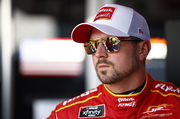
Dale Jr’s Former Driver’s Death Devastates NASCAR Garage as Brad Keselowski Shares Heart-Ripping Tribute

55-YO NASCAR Driver’s Untimely Death Shatters Racing Community
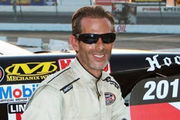
France Family’s ‘Financial Deception’ Spilled Out in the Open as RTA Memo Exposes the ‘49%’ Lie
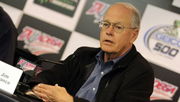
Jimmie Johnson & Co. Robbed of Millions as Court Exposes Disastrous Fallout of Jim France’s ‘No Bueno’ Decision
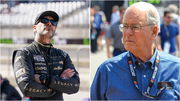
ADVERTISEMENT
Dale Jr. is skeptical of NASCAR’s motives
Dale Earnhardt Jr. recently expressed skepticism about NASCAR’s motivations behind the latest settlement talks in the ongoing charter lawsuit involving 23XI Racing and Front Row Motorsports. The lawsuit challenges NASCAR’s charter system, which guarantees teams spots in the Cup Series and provides stable revenue but has also been criticized for limiting competition and financial fairness.
Despite NASCAR’s efforts to push for a settlement before the December trial, Dale Jr. doubts whether the sport’s leadership is prioritizing fairness over maintaining control.
“Was this more, was this really nothing more than NASCAR going ‘by the way we do want a settlement, not that we think one’s going to happen, but we just want people to know that we’re, we’re not against the settlement. I think that’s a big thing is public perception,” he said, feeling they’re more concerned with public perception rather than truly prioritizing fairness.
ADVERTISEMENT
The charter system, central to NASCAR’s business model, has generated billions in equity but also sparked legal disputes with some teams arguing they are unfairly restricted in earning potential and negotiating power. NASCAR has sought to dismiss the lawsuit, presenting statements from other team owners supporting the charter’s value.
Meanwhile, 23XI and Front Row continue to push their case, claiming NASCAR wields monopolistic market power detrimental to race teams. Backing up NASCAR’s plan, Dale Jr. added, “And so, you know, it’s just a reminder, I think, more than anything of by the way, like, you know, we’re not over here. We will settle under the right terms, right? We’re totally down with that.”
As the December 1 trial approaches, the uncertainty around the sport’s economic future remains palpable. Ultimately, Dale Jr.’s doubts reflect broader tensions within NASCAR about balancing tradition, business interests, and the evolving demands of teams, drivers, and fans in a rapidly changing motorsports landscape.
ADVERTISEMENT
ADVERTISEMENT
ADVERTISEMENT
ADVERTISEMENT

